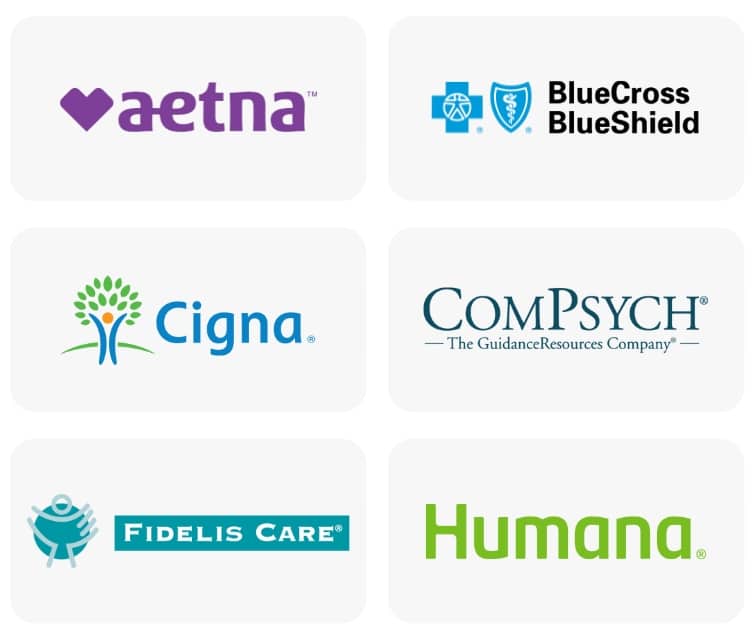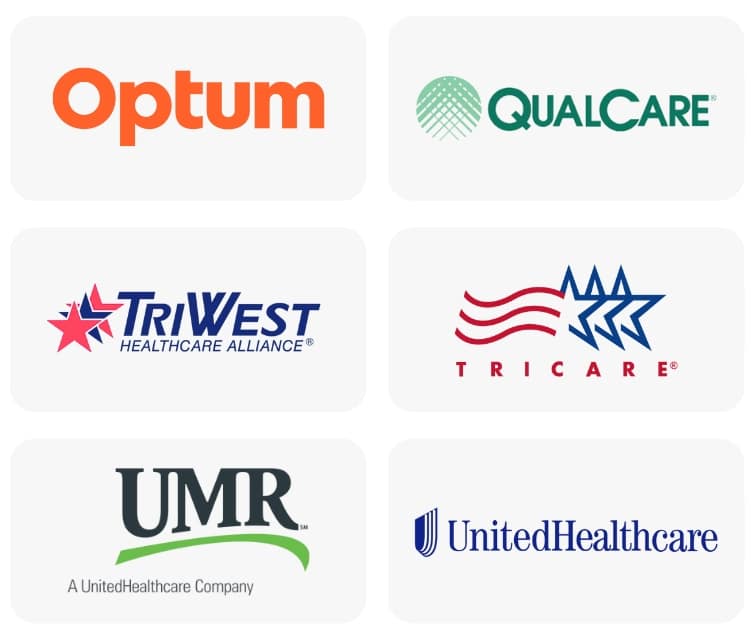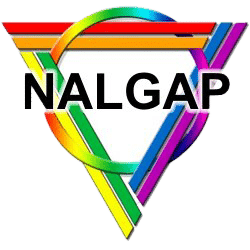Harm reduction is a relatively new movement. The goal of harm reduction strategies is to keep you as safe as possible if you’re abusing drugs until you’re ready to get help (i.e., reduce harm when it can’t be eliminated). Harm reduction accepts that complete abstinence is not always possible. With this mindset, harm reduction strategies and programs can have a life-saving impact.
Harm reduction strategies may include needle exchange programs to limit the spread of infectious diseases through the use of dirty needles as well as supervised injection sites that aid in reducing the number of drug overdose fatalities. The focus is to lower problematic drug use and improve lives. Harm reduction typically involves community resources and seeks to reduce stigma related to drug addiction and serve everyone without discrimination. The journal Paediatrics & Child Health reports that harm reduction began as a public health policy aimed at people who can’t stop using drugs. Drug addiction is a chronic disease with relapse rates of 40 to 60%. Complete abstinence is not always feasible for everyone. In response, harm reduction provides resources to people who need them while reducing the stigma surrounding drug use and addiction.
Harm reduction strategies can:
- Reduce the rate of fatal overdoses.
- Lower the risk of contracting an infectious, blood-borne disease.
- Minimize criminal behaviors related to drug abuse.
- Help moderate drug use in general.
There is some controversy around harm reduction programs since they do not expect participants to stop using all drugs. Many people believe full abstinence is the only path to recovery. Harm reduction proponents argue that harm reduction strategies, programs, and policies have been shown to save lives. Harm Reduction International reports that harm-reduction strategies are evidence-based, and they’ve had a positive impact on many communities.
Types of Harm Reduction Strategies
There are several types of harm reduction strategies aimed at people who aren’t ready to get substance use disorder treatment. These include:
#1 Needle Exchange Programs
Sharing needles can increase your risk of contracting an incurable infectious disease. According to the Centers for Disease Control and Prevention (CDC), needle exchange programs (NEPs) can lower the risk of contracting blood-borne infections, such as viral hepatitis and HIV.
Needle exchange programs are community-based. They provide sterile needles and syringes to drug users in hopes of reducing the harm from sharing dirty needles. Most of the time, needles and syringes are provided at no charge, and safe disposal sites are also available to drop off used injection drug paraphernalia.
In addition to new and sterile syringes and needles, NEPs may also provide:
- Information on safe methods of injecting drugs.
- Screening for sexually transmitted diseases.
- Referrals to HIV testing and/or treatment services.
- Condoms, preventative products, and education on safe sex practices.
- Overdose prevention information.
- Referrals to treatment services for substance abuse and addiction.
#2 Medication-Assisted Treatment (MAT)
MAT programs include both medications and therapies as part of a treatment plan for opioid abuse and addiction. Medication-assisted treatment is often offered through opioid treatment programs (OTPs) that are regulated and accredited by the Substance Abuse and Mental Health Services Administration (SAMHSA).
Medication-assisted treatment involves the use of maintenance medications, such as methadone or buprenorphine-based medications. These medications help you sustain recovery by easing cravings and opioid withdrawal symptoms. You’ll feel less of an urge to abuse more potent and shorter-acting opioids like heroin and prescription painkillers.
Federally regulated OTPs include counseling, education, medical care, and additional treatment as needed. MAT services can be offered in the following settings:
- Substance abuse treatment centers
- Prisons
- Clinics
- Offices
- Remote clinics
- Hospitals
#3 Naloxone Programs
Seventy percent of all U.S. drug overdoses were attributed to opioids in 2019. The high rate of opioid overdoses is a public health emergency. Naloxone is an opioid antagonist medication that helps to reverse an opioid overdose when administered quickly. It can be distributed through injection or as a nasal spray.
Many states have standing orders in place that allow naloxone to be dispensed from local pharmacies to people in need, even without a prescription. This means that if your loved one battles opioid addiction, you can often get a prescription for Narcan (naloxone). This may enable you to save their life in the event of an overdose.
Naloxone programs are often part of community-based operations. Many offer training and education on:
- Signs of overdose.
- How to dispense naloxone safely.
- Addiction treatment resources.
The CDC says that dispensing naloxone to laypersons can save lives and is a cost-effective public health service. The Good Samaritan Law prevents prosecution of anyone using drugs if they administered the naloxone and/or called emergency personnel to help someone in need.
#4 Supervised Injection Sites
A supervised injection facility is a place you can go to use pre-obtained drugs in a safe environment with clean needles and syringes. These harm reduction centers are staffed with health care professionals who can administer aid if you overdose. The focus is on preventing negative consequences of drug use like overdoses and diseases like HIV, as well as promoting healthy practices for people struggling with addiction.
Supervised injection sites are also known as:
- Supervised consumption services (SCS)
- Overdose prevention centers
- Safe or supervised injection facilities (SIFs)
- Drug consumption rooms (DCRs)
- Harm reduction centers
Some research suggests safe injection sites can decrease the transmission of infectious diseases that are spread by the use of dirty needles, and they can reduce drug-related morbidity and mortality.
Supervised injection sites can provide:
- A safe environment off the streets for drug use.
- Clean and sterile injection paraphernalia.
- Safe disposal of used needles and syringes.
- Medical intervention for overdose reversal.
- Referrals to treatment services.
If you haven’t heard of them, don’t be surprised—there are currently no legal harm reduction centers in the U.S. There are approximately 120 harm reduction centers in more than 10 countries, including:
- Australia
- Canada
- Denmark
- France
- Germany
- Luxembourg
- The Netherlands
- Norway
- Spain
- Switzerland
Although there are none in the United States, movements in New Jersey, Colorado, and California are picking up speed.
There is a lot of controversy surrounding these programs. Critics believe that supervised injection locations enable drug abuse and make it easier to maintain active addiction. They believe that people who use drugs may push dosage limits even higher because medical staff are on site.
#5 Moderation Management
The majority of people who drink alcohol do not battle alcoholism, but many struggle with problem drinking. Most of the treatment options and support groups, including 12-step programs, address alcohol addiction and the need for complete abstinence. The nonprofit Moderation Management, or MM, takes a different approach.
Moderation management strategies address risky drinking patterns and seek to improve overall quality of life by reducing negative behaviors and the harm associated with problem drinking. It does not require 100% sobriety. It allows drinking in moderation. The group’s harm reduction strategies teach members to:
- Cope with triggers.
- Set attainable goals and limits.
- Manage drinking to keep it from getting out of hand.
Moderation management programs let members decide how they want to cut back on drinking. According to MM, about a third of the people who go through their behavioral management program decide to proceed to a program that is abstinence-based after taking this initial step to control their drinking.
MM does not work for many people. Notably, the group’s founder Ashley Kishline relapsed, stating that drinking in moderation did not work for her.
Supervised Injection Sites: Pros and Cons
Harm reduction services exist along a spectrum. Isolated services, such as needle-exchange programs, are available in most U.S. cities. It’s the supervised consumption sites, existing in their facilities, that are not available domestically. At these sites, trained staff answer questions about safe injection practices, monitor for overdoses, and provide first aid if needed. They can also make referrals to addiction treatment programs.
This concept is controversial because many people view people with substance use disorders as “drug addicts” deserving of their fate. If you look at it that way, overdoses, lost jobs, deadly diseases, and homelessness are natural byproducts of substance use. To some, treating addicted people as worthwhile people with a disease would seem like an endorsement of drug use.
Harm reduction centers challenge this stigma. They operate out of a belief that drug use should not mean personal ruin and death. Supporters of this movement do not see their services as an endorsement of substance abuse, but as important healthcare services designed to reduce the number of deaths and increase the number of people who go on to change their lives.
Safe injection sites provide services such as:
- Distribution of overdose-treating medications like Naloxone.
- Improved syringe access and reduced needle-sharing.
- Healthcare for people who use drugs.
- Safe supervision of drug-taking.
One example of a supervised injection site is Vancouver Coastal Health’s (VCH) Insite program. VCH has these services and puts a strong focus on relationships with staff. Frequent visitors become friendly with the program’s team, which allows them to start conversations about how, when, and why to seek treatment. This is a different perspective from what many in the U.S. are used to. Supporters of harm reduction in the U.S. urge people to look at rates of fatal overdoses, poverty, and homelessness because of drug abuse.
Other supervised injection site pros include:
- Reduce overdose deaths and rates of HIV.
- Reduce public drug-taking.
- Reduce the number of needles in public.
- Reduce needle sharing.
- Provide better management and regulation of substance abuse.
- Make it easier for people to get referrals to rehab programs, social services, and other health services.
- Reduce crimes involving drug possession and use.
- Reduce the prison population.
- Increase participation in treatment, having met drug users where they are, and reducing stigma.
- Reduce the cost of hospitalizations, emergency services, etc., to taxpayers.
The principles of harm reduction recognize that sobriety is not always the only choice and that people who use drugs may benefit from educational tools and resources to prevent some of the negative outcomes that come from risky patterns of drug abuse. The Harm Reduction Coalition publishes educational resources on different types of drugs, tips on using drugs as safely as possible, and helping people recognize and prevent overdose.
Any amount of illicit drug use can be harmful and potentially dangerous, but harm reduction education can help to minimize fatal overdoses, the spread of infectious diseases, and criminal behaviors.
There are supervised injection site pros and cons. Common concerns associated with these facilities include:
- Normalization of drug abuse.
- Allows those who use drugs to continue to abuse them.
- Potentially less motivation to quit using substances.
- Possibly fewer people seeking substance abuse treatment due to fewer drug-related legal problems.
- Removal of resources from hospitals, clinics, etc., to staff SCS facilities.
Another concern about harm reduction strategies is that they don’t address the underlying issues behind addiction, like co-occurring mental health disorders. About half of the people with addiction also have a mental health disorder. If you struggle with both a mental illness and addiction at the same time, both issues can complicate each other. Drug use can make depression or anxiety worse, and mental health disorders can cause you to use substances to cope with symptoms. Harm reduction techniques are not able to treat co-occurring disorders. Only addiction treatment programs use an integrated treatment approach that addresses drug abuse at the same time as a co-occurring mental illness. The conditions are so intertwined that it is virtually impossible to treat them separately. Relapse on both fronts is likely if you only address one issue and leave the other untreated.
For people who visit harm reduction sites, there are also other risks of negative outcomes, like long-term health problems and difficulty keeping employment and housing. Harm reduction advocates argue that the issue is one of safety and empowerment. Supervised injection sites represent a shift in perspective—away from “They cannot be helped” toward “They can learn to help themselves.”
Considering Addiction Treatment?
Harm reduction strategies can help manage issues related to drug use. They can even help you moderate use and lessen the negative consequences that can result from drug use. However, addiction is a complex disease with many facets. A formal addiction treatment program can only provide the stability and resources needed to help you reset your life and prevent relapse. It can also address mental health, medical issues, and emotional side effects of drug abuse and addiction.
If you or a loved one is struggling with substance abuse, reach out to us. We’ll provide a free, confidential phone consultation and help you figure out the next steps.
- Harm reduction: An approach to reducing risky health behaviours in adolescents – PMC
- Drugs, Brains, and Behavior: The Science of Addiction Treatment and Recovery
- FAQs for Syringe Services Programs
- Drug Overdose Deaths in the United States, 2001–2021
- Federal Guidelines for Opioid Treatment Programs – SAMHSA
- Opioid Overdose Prevention Programs Providing Naloxone to Laypersons — United States, 2014
- Supervised Injection Facilities: Legal and Policy Reforms | Law and Medicine | JAMA
- Moderation Management
- ‘They deserved to die’ and other views on drug use | The Independent
- Supervised Consumption Service at Insite | Vancouver Coastal Health
- Substance Use and Co-Occurring Mental Disorders – National Institute of Mental Health (NIMH)
- Opioid-overdose laws association with opioid use and overdose mortality – PubMed








